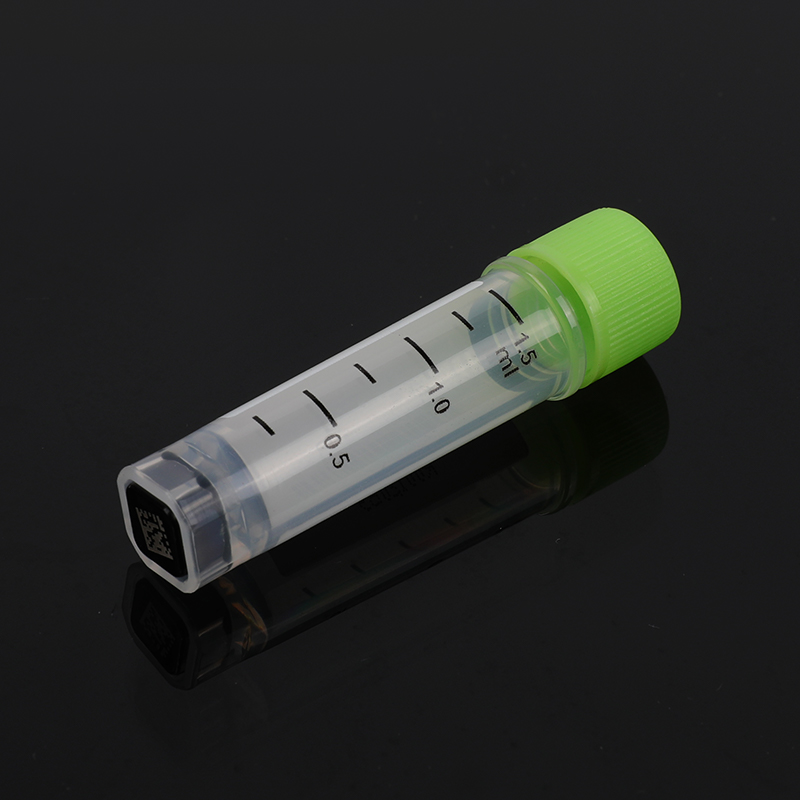Advantages of using disposable centrifuge tubes:
1. Convenience: Disposable centrifuge tubes are pre-sterilized and ready to use, eliminating the need for cleaning and sterilization procedures between experiments. This saves time and effort in the laboratory.
2. Contamination prevention: Disposable tubes minimize the risk of cross-contamination between samples, as they are used once and then discarded. This is particularly important when working with sensitive or hazardous materials.
3. Cost-effective: While the initial cost of disposable tubes may be higher than reusable ones, they eliminate the need for purchasing and maintaining expensive cleaning and sterilization equipment. This can lead to cost savings in the long run.

Disadvantages of using disposable centrifuge tubes:
1. Environmental impact: Disposable tubes contribute to plastic waste generation, which can have negative environmental consequences. Proper disposal or recycling of the tubes is necessary to minimize the impact.
2. Limited durability: Reusable centrifuge tubes are typically made of more durable materials like glass or high-quality plastic, allowing them to withstand repeated use. Disposable tubes, on the other hand, are designed for single-use only and may not be as robust.
3. Potential for sample loss: In some cases, disposable tubes may have a higher risk of leakage or breakage compared to reusable ones. This can result in sample loss and compromise experimental results if not handled carefully.
It is important for researchers and laboratory personnel to consider these factors when choosing between disposable and reusable centrifuge tubes, taking into account the specific requirements of their experiments and their commitment to sustainability.

 English
English 中文简体
中文简体













